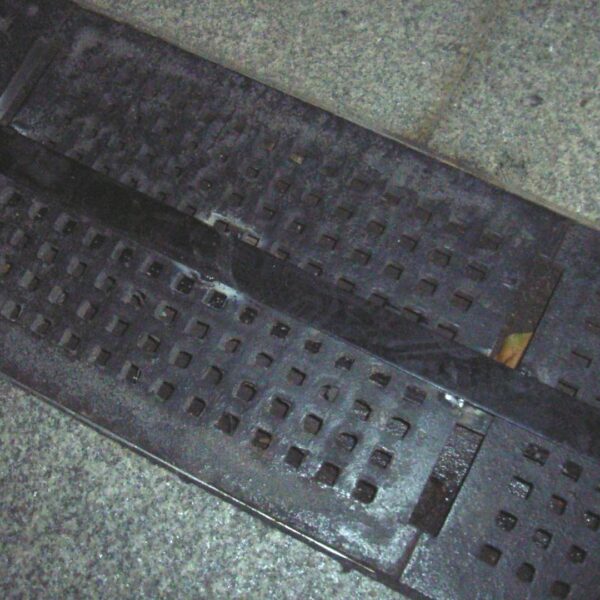If you want to grow your own food, now would be a good time to start. Since it’s the beginning of the year, you’ll have plenty of time to plan before the growing season starts in March. It doesn’t matter if your garden is small; try to make the most of the limited space you have. A kitchen garden can provide you with fresh produce all year-round and it’s something you can get the whole family involved in. To help you get started on your gardening journey, here are some tips for creating a small kitchen garden.
Find a Sunny Spot for Planting
Watch your garden throughout the day and look for the areas that receive the most sunlight. Most herbs, vegetables, and fruit like a lot of direct sunlight, so avoid shady areas or areas that only get partial sun. Ideally, you’ll want a spot that gets at least 8 hours of sunlight a day and is sheltered from strong wind. If you have a shady garden, then you’ll need to grow shade-loving plants, such as Swiss chard, beetroot, and mustard greens.
Plan the Layout
You need to evaluate the area you want to plant in and plan the layout. Every garden space is unique, so you’ll need to decide what works best for you. You don’t need to set it up like a formal vegetable garden; you could simply grow vegetables in your borders. Be resourceful and use the space you have. Plant herbs and more compact plants in hanging baskets, and grow plants that need more root space in the ground or large pots. You can plan it all out on paper first or use an app to help you visualise the layout.
Prepare the Space
This goes hand in hand with planning the layout. Once you have decided where you’ll be growing the plants for your small kitchen garden, you’ll need to prepare the space. If you’re planting in the ground, you’ll need to till the soil and level it. You also have the option of setting up raised beds or planting in containers. Investigate what type of soil you have in your garden; you may need to amend it by adding compost. If you’re planning on growing plants on your apartment balcony, clear the space that you intend to use and set out your containers and tiered planters.
Choose What You Want to Grow
One of the best parts of having a kitchen garden is deciding what to grow. Only plant things that you like to eat. There’s no point in planting cucumbers if you don’t like them in your salad. Make a list of the herbs and veggies you use the most often when you cook as a starting point. Research the best plant varieties for your space. I like to grow plant varieties that I can’t easily get in the supermarket to keep meals diverse and interesting.
If you’ve never had a kitchen garden before, start with easy plants such as herbs and salad greens. You’ll need to decide whether you want to buy Freedom Farms vegetable and herb seed packets or buy plug plants. If you want your kitchen garden to have some colour, you have two options. You can plant things like chives, peas, and strawberries which flower, or you can plant edible flowers among your other plants, such as pansies, hibiscus, and cornflowers.
Growing Habits
Before you buy your plants and start planting, you need to research their growing habits. Because you have limited space, you’ll want to avoid growing things that take up too much horizontal space as this will reduce your growing area. Instead, go for methods like square foot planting or planting crops that grow vertically. If there are things that you want to grow that take up a lot of space, look for more compact dwarf varieties.
You’ll need to decide how much effort you want to put into your garden. Many herbs and lettuce varieties are “cut-and-come-again” plants. This means that once you snip off leaves from the outside of the plant, it will keep growing and you can continue to harvest it. This is a good alternative to higher maintenance plants that require succession planting.
Pest Control
I wouldn’t recommend using pesticides on things you intend to eat. Instead, go for the best natural pest deterrent—companion planting. While companion planting can be used to attract beneficial insects, it can also deter the ones you don’t want around your garden. Plant garlic and onions near carrots to deter carrot flies, plant thyme near cabbages to deter cabbage worms, and plant basil near your tomatoes to repel tomato hookworms and whiteflies. If that doesn’t work, go for an organic pest control method, such as using neem oil or castile soap. Dilute the oil or soap with water and spray the mixture directly on the plants affected with aphids and other soft-bodied insects. Afterwards, rinse the plants off with the hose. You may need to do this at least once a week or whenever you see the bugs reappearing.
Weeding
Weeds are another kind of garden pest that you’ll want to handle quickly, unless you want your kitchen garden to be overrun with them. Fortunately, you won’t have too much work to do because you’re only growing in a small space. The best way to keep on top of weeding is pull up the new weeds that you see every morning when you water your plants. Many weeds have big root systems. This can deprive your plants of the nutrients in the soil and it can affect how well your plants grow. If you pull up the weeds while they’re still small, you won’t have that problem.
Know How to Store Your Produce
One of the benefits of having a small kitchen garden is that you’ll only grow what you need. I recommend using everything the same day you harvest it, but sometimes that’s not possible. If you’re planning to use your produce within a few days, wash them well and store them in the fridge. Wrap herbs like sage, thyme, and rosemary in a damp paper towel or a dish cloth before putting them in the fridge. You can also use this method with lettuce leaves and radicchio before putting them in the crisper drawer. Herbs like mint, basil, parsley, and coriander should be put in a jar with an inch or two of water before being stored in the fridge. If you’re planning on storing your harvest for the long term, you’ll need to can it, dehydrate it, or freeze it.
Starting a kitchen garden is a rewarding experience. You can easily find all the tools and equipment you need online or at your local garden centre. Take your time when it comes to planning and enjoy the experience. Good luck on your planting journey!
Image Credits: Kampus Production




Like this article? Share with your friends!